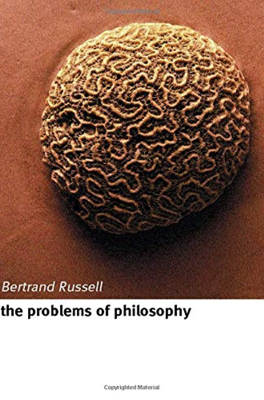The Nature of Matter
Physical Science and the Concept of Matter
Bertrand Russell discusses how physical science views the nature of matter, suggesting that all natural phenomena should ideally be reduced to motions, such as those of light, heat, and sound, which are caused by wave-motions. Matter, as science sees it, is primarily composed of properties such as position in space and the capacity to move according to physical laws. This view is partially incomplete and hypothetical but is influential in the scientific understanding of the physical world.
The Nature of Perceived Light versus Physical Waves
An important distinction is made between the light we perceive and the physical processes that give rise to this perception. The light and colors that humans see are not aspects of the external world themselves, but rather effects caused by light waves interacting with our sensory organs. The chapter emphasizes that the waves responsible for our sensations of light are fundamentally different from the personal and direct experience of seeing light.
Space as Experienced and as Scientific Concept
Both the concepts of space and time as understood in personal experience differ from those used in scientific contexts. The space and time that are essential to scientific theories do not directly correspond to the space and time we perceive. For example, perceived spatial and temporal orders are reflections of, but not identical to, their scientific counterparts. This distinction leads to the delineation of a "physical space" and "physical time," which are more rigid and shared universally, different from the private spaces and times of individual experience.
Interactions of Sense-Data with Physical Objects
The chapter discusses how our sensations, such as seeing, touching, or hearing, depend on interactions between our sense organs and physical objects in physical space. Physical objects need to be in close proximity in order to affect our senses and induce sense-data. Understanding physical objects involves recognizing that they exist in a physical space that corresponds to but is not identical to, the space of our direct sensory experiences.
Relativity of Sense-Data and Independence of Physical Objects
The relativity of sense-data, like the colors seen from different perspectives, underlines that such data are personal and subjective. However, physical objects, which are presumed to cause these sense-data, exist independently of our perceptions. Thus, while our immediate sensory experiences provide critical indications of the external world, they do not reveal the intrinsic qualities of physical objects themselves.
Conclusion on the Nature of Physical Reality
Russell concludes that although our sensory experiences (sense-data) are influenced by physical objects, the nature of these objects remains largely unknown to us beyond their ability to orient spatial and temporal relations between different sets of sense-data. The correspondence theory posited here suggests that while we cannot directly know the physical properties of objects, we understand them indirectly through the consistent and predictable way sense-data appear in relation to object positions and movements in physical space.
In exploring these concepts, Russell elaborates on the philosophical implications of the relationship between perception, physical properties, and the nature of reality itself, setting the stage for further discussions on idealism and the philosophical interpretations of physical objects.
